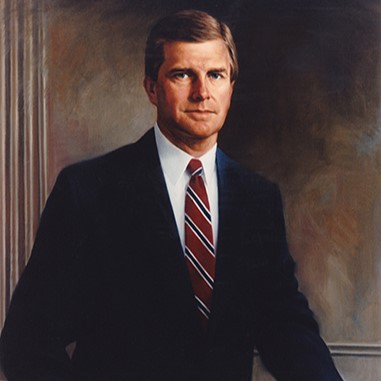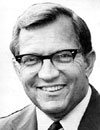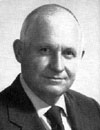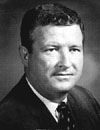This website uses cookies so that we can provide you with the best user experience possible. Cookie information is stored in your browser and performs functions such as recognizing you when you return to our website and helping our team to understand which sections of the website you find most interesting and useful. Please see our privacy policy for more information.
South Carolina
Gov. James Henry Hammond
- December 1, 1842 - December 1, 1844
- Democratic
- November 15, 1807
- November 13, 1864
- South Carolina
- South Carolina College
- Married Catherine E. Fitzsimmons
- Representative, Senator
- National Guard
About
JAMES HENRY HAMMOND was born in Columbia, South Carolina. He graduated from South Carolina College in 1825 and went on to teach and then worked as a newspaper reporter while studying law. In addition to engaging in the practice of law in Columbia, he established the Southern Times, a newspaper that advocated the theory of nullification, which held that states had the right to nullify federal law. In 1831 he moved to Silver Bluff, a cotton plantation on the Savannah River. He became a Colonel in the South Carolina Militia in 1832 and was appointed a General in the Militia in 1841. His political career began with his work on the staff of South Carolina Governor Robert Young Hayne, after which he served in the U.S. House of Representatives. Although he was an unsuccessful candidate for governor in 1840, he won election by the legislature in 1842. Hammond’s administration transformed the arsenal at Columbia and the Citadel at Charleston into military academies. Hammond was also a strong supporter of public education. Believing that secession from the Union was inevitable after Congress passed the Tariff Act of 1842, Hammond urged the legislature to take any action necessary to protect the state’s citizens. Although Hammond was a vocal defender of slavery, it was he who pardoned John Brown. After leaving office, he was a delegate to the Southern Convention in Nashville in 1850. He was elected to the U.S. Senate in 1857 but resigned in 1860 after Abraham Lincoln won the presidential election.
Source
Sobel, Robert, and John Raimo, eds. Biographical Directory of the Governors of the United States, 1789-1978, Vol. 4. Westport, CT: Meckler Books, 1978. 4 vols.
The National Cyclopaedia of American Biography, Vol. 12. New York: James T. White & Company.












